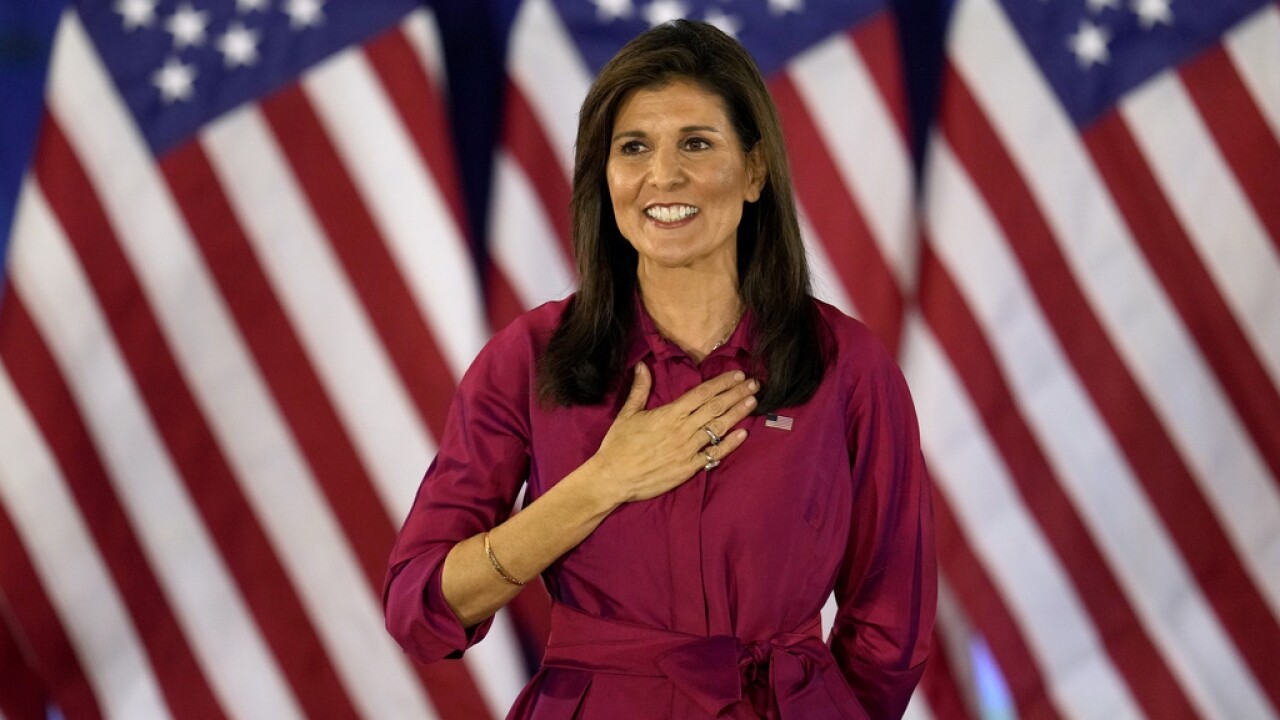Trump Arrested Macron as a Garbage Collector: These AI-Generated Images Moved Around the Internet. If there is no tool capable of detecting it with certainty, the specialists explained to AFP, reframing the shot and identifying visual inconsistencies can help identify them.
• Also read: The pope in a huge puffy coat is fooling netizens
Midjourney, DALL-E, Stable Diffusion …: these programs are able, from a huge database, constantly fed by user requests, to generate an infinite number of snapshots. Some, hyper-realistic and connected to the news, sow confusion.
There are programs to try to figure it out, but their results are still very mixed, according to tests conducted by AFP.
When an AI creates an image entirely, it generally does not take parts of a single image. “Thousands or even millions of images are used to account for billions of criteria,” David Fischinger, an engineer at the Austrian Institute of Technology who specializes in artificial intelligence, told AFP.
“The AI (…) takes it apart and then reconstructs the image pixel by pixel,” hence the usual detection software inability, adds Vincent Terrasi, co-founder of Draft & Goal, a startup that has launched an AI-generated content detection tool.
But experts say there are still gimmicks.
Thanks to a reverse image search, photos of Trump’s bogus arrest make it possible to trace the source: a tweet from Elliot Higgins, founder of the investigative website Bellingcat, who he explains created via Midjourney.
Some programs also leave a visual signature: a multicolored bar in the right corner of DALL-E.
You can also compare the image with images of the same event from trusted sources. Thus, the faked shot of Putin kneeling in front of Xi Jinping has a very different setting than the photos of the Chinese leader’s visit to the Kremlin.
Other details can betray the AI, such as “the grain of the image, which will be very different,” according to Tina Nikukah, Ph.D., an image processor.
In the free versions of the AI systems tested by AFP, some of the images generated had a style similar to the type of hyperrealistic photography, with strong contrasts.
Vincent Terracy points out that “certain characteristics, often similar ones, pose problems for AI, and it is these (visible) inconsistencies that must be examined”.
For example, the hands are often deformed. In a photo supposedly taken during a demonstration against pension reform showing a member of the Catholic Relief Services (CRS) embracing a demonstrator, we can note that the policeman has … six fingers.

“However, artificial intelligence is improving day by day and presenting fewer anomalies, so we should not rely on long-term visual clues,” warns Annalisa Verdoliva, professor at Frédéric-II University in Naples.
Currently, AI systems are also having a hard time generating reflections. A good way (…) is therefore to look for shadows, mirrors and water, but also to enlarge the eyes, “says Vincent Terrasse, as in this photo of Emmanuel Macron in front of a demonstration and shared on Instagram: her eyes are brown, not blue (the eyes are also not the same shade of brown ).
Generators often create asymmetry: a disproportionate face, ears at different heights … Teeth and hair are also difficult to imitate.
Finally, mixing several photos can lead to lighting issues, experts point out.
Often the defects lie in the background. In very realistic photos of Barack Obama and Angela Merkel on the beach that have appeared on social networks, one of the figures appears in the background with his legs cut off.
“The farther away an object is, the more blurred, distorted, and incorrect perspectives the object becomes,” asserts Vincent Terrasi.
In the Putin/Xi fake photo, the vertical line of the column is broken, many chairs are deformed, plus the fact that Vladimir Putin’s head is disproportionately large.
In some of the fake photos of Trump’s muscular arrest, several officers’ faces appear blurred, and police officers’ arms and legs are shown here and there without consistency.
If some elements are not necessarily distorted, they can nevertheless betray a mistake: in an image created by AFP in Medjourny and supposed to show a Paris street, we can distinguish, for example, a not allowed sign … blue.

“Amateur entrepreneur. Professional internet expert. Zombie maven. Incurable pop culture scholar.”







More Stories
to see | Unanimous applause for Britain's Got Talent: A Quebec native dazzles the judges in England
Celine Dion is “candid, relaxed and relaxed,” believes the journalist who interviewed her in Vogue magazine.
Celine Dion shares how her massive 2,000-crystal headpiece dazzled her on her wedding day